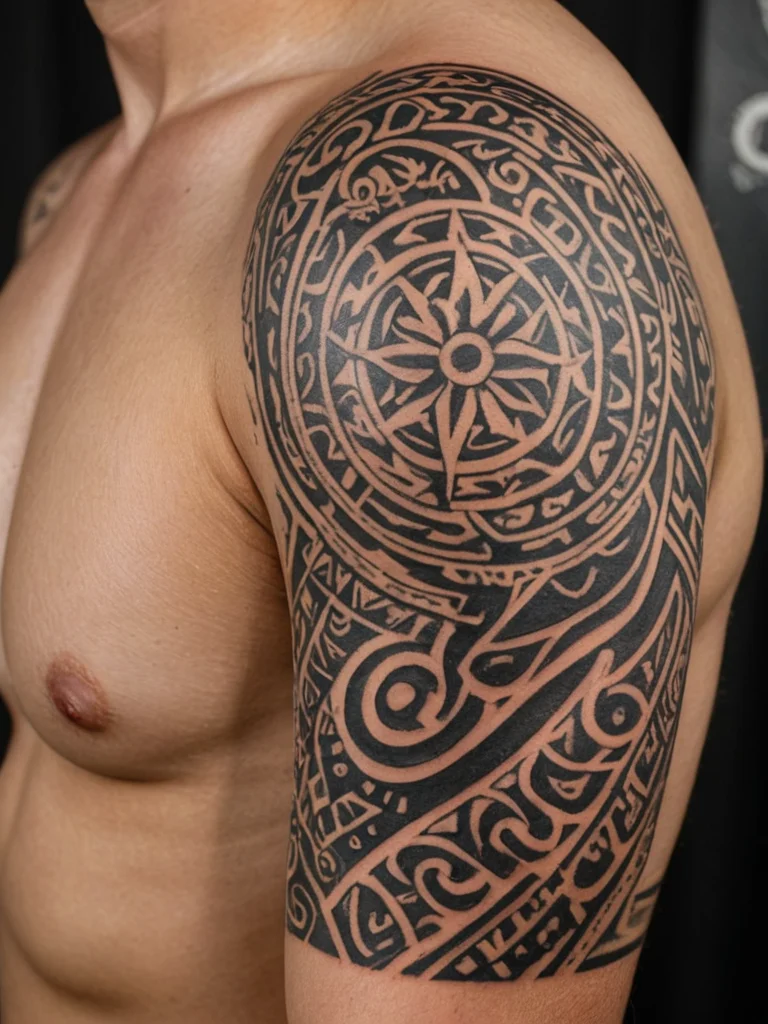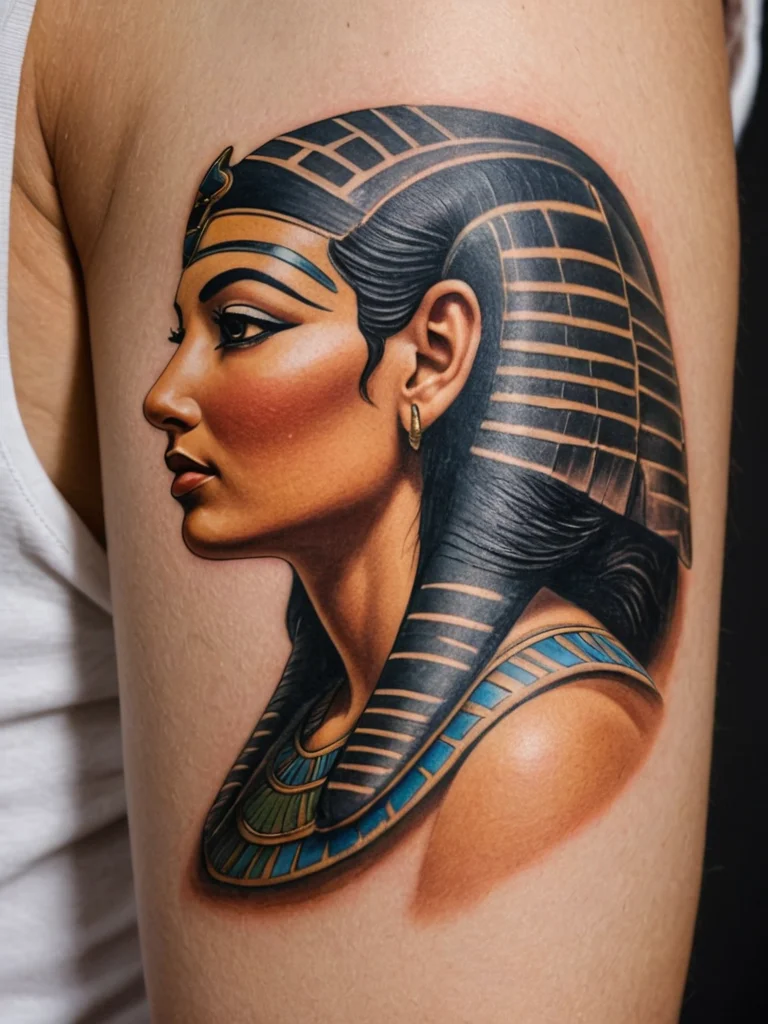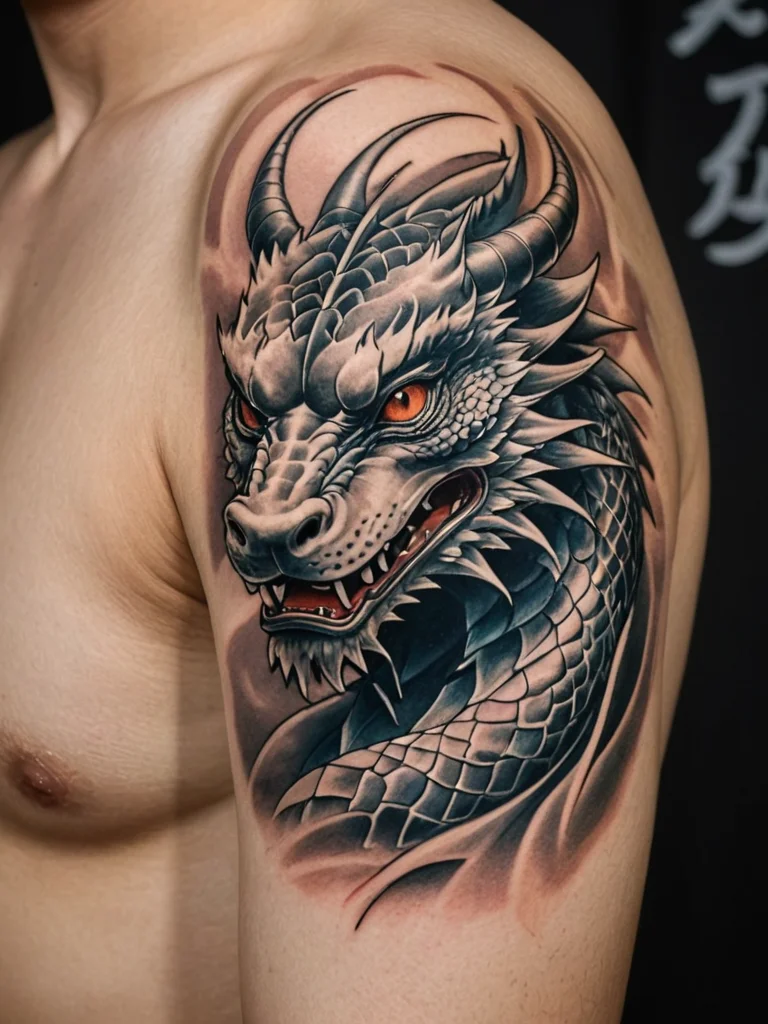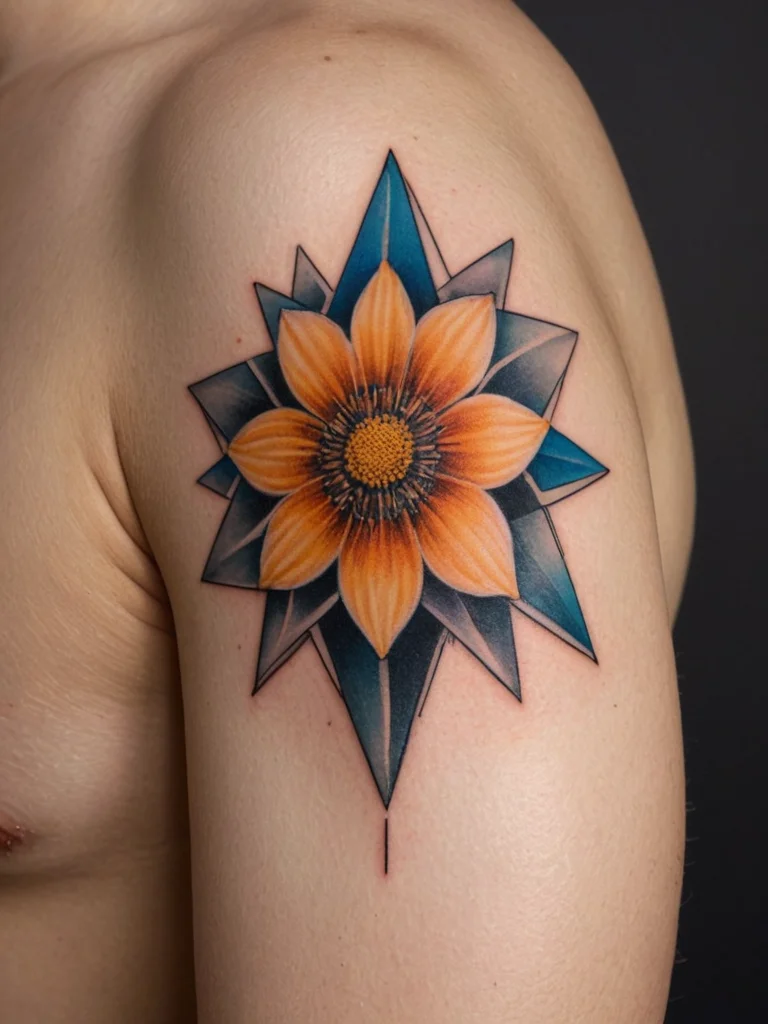The world of tattoos is as diverse and intricate as the people who wear them. Each mark on the skin tells a story, not just of the wearer, but of the artistic traditions, cultural influences, and technological advancements that have shaped tattooing throughout history. Understanding the evolution of tattoo styles is crucial for anyone looking to get their first tattoo or add to an existing collection. It’s about more than just aesthetics; it’s about appreciating the artistry, the symbolism, and the sheer depth of human expression captured in ink. Tattoo artists themselves often speak of the importance of style in defining not only the visual outcome but also the longevity and impact of a piece. When you decide to get a tattoo, you’re not just choosing an image; you’re choosing a visual language, a way of communicating your identity and your appreciation for this ancient art form. This article will guide you through the fascinating journey of tattoo styles, from their ancient origins to the cutting-edge trends of today, helping you to navigate this vibrant landscape with confidence and knowledge.
From ancient rituals to modern art: tracing tattoo’s roots

Tattooing, in its most fundamental sense, is the practice of marking the skin with indelible ink. However, its purpose and presentation have varied dramatically across cultures and millennia. For millennia, tattoos were not merely decorative; they served profound social, spiritual, and utilitarian functions. In ancient Egypt, for instance, tattoos have been found on mummified remains, particularly on women, suggesting a connection to fertility, protection, or perhaps even status within society. These early markings were often created using bone or ivory needles, manually inserted with pigments derived from natural sources like soot or minerals. The process was undoubtedly painful and time-consuming, emphasizing the significance of the ritual and the final design. Across the Pacific, Polynesian cultures, particularly the Maori of New Zealand, developed incredibly complex and meaningful tattooing traditions known as ‘moko’. Moko was not just skin deep; it was a sacred art form that conveyed genealogy, social standing, tribal affiliation, and personal achievements. The intricate swirling patterns, often covering the entire face, were carved into the skin using specialized chisels made from bone or shell, a testament to the enduring spirit of those who wore them and the skill of the artists who created them. Similarly, the indigenous peoples of North America, such as the Haida and Inuit, incorporated tattoos as integral parts of their cultural identity, often depicting spirit animals, protective symbols, or markers of rite of passage. These early forms of tattooing were deeply embedded in the fabric of their societies, serving as visual narratives of individual lives and collective beliefs. Historically, these practices were passed down through generations, with artists often holding a revered position within their communities. The evolution from these ritualistic and cultural markings to the diverse styles we see today is a testament to human creativity and the adaptability of the art form.
Key tattoo styles demystified: identifying and appreciating design

As tattooing evolved and spread globally, particularly with increased seafaring and cultural exchange, distinct styles began to emerge and solidify. These styles are characterized by specific techniques, color palettes, subject matter, and underlying aesthetics. Understanding these styles is key to appreciating the breadth of talent and creativity within the tattoo world. You might have heard terms like ‘Traditional’, ‘Realism’, ‘Japanese’, or ‘Blackwork’, and knowing what these mean can greatly enhance your appreciation. Traditional tattooing, often referred to as ‘American Traditional’ or ‘Old School’, is characterized by bold black outlines, a limited color palette (often red, green, yellow, and black), and iconic imagery such as anchors, roses, eagles, and nautical stars. This style gained prominence in the early to mid-20th century, influenced by sailors and military personnel. Tattoo artists of this era, like Norman Collins (Sailor Jerry) and Don Ed Hardy, were pioneers, establishing a visual language that is still incredibly popular today. Its bold nature ensures longevity and readability, making it a timeless choice for many. Japanese tattooing, or ‘Irezumi’, is another historically significant and visually stunning style. Rooted in ancient Japanese art and folklore, Irezumi often features elaborate, full-body designs incorporating dragons, koi fish, samurai, geishas, and floral motifs like cherry blossoms or peonies. The style is known for its precise linework, rich shading, and vibrant colors, often creating a seamless, almost painted look on the skin. Historically, Japanese tattoos were sometimes associated with criminal elements or Buddhist monks, adding layers of cultural significance. Realism, as the name suggests, aims to reproduce imagery with photographic accuracy. This can range from lifelike portraits of people and animals to hyper-realistic depictions of landscapes or objects. This style requires immense technical skill, focusing on subtle shading, precise color blending, and an understanding of light and shadow to create depth and dimension. Portraiture, in particular, is a testament to the tattoo artist’s ability to capture the essence of a person or pet on the skin. Blackwork is a broad category that encompasses tattoos done entirely in black ink. It can include intricate geometric patterns, mandalas, tribal designs (which should be approached with respect for their cultural origins), dotwork, and abstract pieces. The power of Blackwork lies in its versatility and its ability to create strong visual impact through contrast, texture, and form, without the use of color. Geometric tattoos, often falling under the Blackwork umbrella, utilize precise lines, shapes, and patterns to create visually striking and often symmetrical designs. These can range from minimalist single lines to complex, multi-layered compositions that play with optical illusions and sacred geometry. Each style offers a unique avenue for self-expression, and many artists today blend elements from different styles to create truly bespoke pieces that are truly their own. When you are looking at a tattoo, try to identify the dominant style or the influences at play. This will help you understand the artist’s intentions and the historical lineage of the work.
Choosing your style: a practical guide for your next tattoo

Selecting the perfect tattoo style is a deeply personal journey, and one that requires careful consideration. It’s not simply about picking a cool picture; it’s about finding a style that resonates with you, complements your body, and aligns with the message or aesthetic you wish to convey. Many people start their tattoo journey by being drawn to a specific image or theme, and then discover the styles that best bring that vision to life. For instance, if you love the idea of a fierce dragon, you might explore how it’s depicted in Japanese Irezumi, American Traditional, or even a more modern illustrative or neo-traditional approach. Consider the boldness and detail. Traditional styles, with their thick outlines and solid colors, tend to age very well and remain clear over time. This makes them a popular choice for first-time tattoo wearers. If you prefer intricate details and a more delicate look, styles like Fine Line or Dotwork might be more appealing, though it’s important to discuss with your artist how these might age. For those who want their tattoo to look like a photograph, Realism is the obvious choice, but it demands an artist with exceptional technical skill and often requires larger pieces to fully capture the detail. Think about the placement and size of your tattoo as well. A large, detailed realism piece might not translate well to a small area like a finger, whereas a bold traditional design could look fantastic on a forearm. Conversely, intricate geometric patterns might be perfect for a subtle wrist tattoo or a more expansive back piece. It’s also wise to research artists who specialize in the style you’re leaning towards. A tattoo artist’s portfolio is their resume. Look for consistency in their work, the quality of their lines, shading, and color saturation. Do they have a strong understanding of the style you’re interested in? An artist who excels at black and grey realism might not be the best choice for a vibrant neo-traditional piece, and vice versa. Don’t be afraid to communicate openly with your potential artist. Bring reference images, discuss your ideas, and listen to their professional advice. A good artist will guide you, suggesting modifications to ensure the design works well as a tattoo and suits your preferences. They can help you understand the limitations and strengths of different styles. For example, an artist might explain that fine-line script, while beautiful initially, can blur over many years, or that a complex watercolor-style tattoo might require touch-ups more frequently. Ultimately, choosing your style is about finding that sweet spot where your personal taste meets the technical capabilities and artistic vision of the tattoo artist, resulting in a piece you’ll love for a lifetime.
The future of tattoo art: emerging trends and timeless classics

The landscape of tattoo art is in a constant state of flux, driven by innovation, cultural shifts, and the ever-evolving creativity of artists and clients alike. While certain classic styles like Traditional and Japanese Irezumi continue to hold their iconic status, new trends are continually pushing the boundaries of what’s possible with ink. One of the most significant ongoing trends is the rise of ‘Illustrative’ and ‘Neo-Traditional’ styles. Illustrative tattoos often borrow from a wide range of artistic disciplines, including fine art, graphic design, and digital art, resulting in unique, often whimsical or narrative pieces. Neo-Traditional builds upon the foundation of American Traditional but incorporates a broader color palette, more intricate linework, and often features more organic or decorative elements, drawing inspiration from Art Nouveau and Victorian aesthetics. Think lush floral patterns, highly stylized animals, and character designs with a distinctly vintage yet modern feel. Another powerful movement is the increasing popularity of ‘Blackwork’ and ‘Geometric’ styles, often intertwined. Artists are exploring incredibly complex patterns, mandalas, dotwork gradients, and abstract designs that play with symmetry and negative space. This minimalist yet sophisticated approach appeals to a broad audience looking for something unique and visually striking without necessarily relying on color. The use of negative space, where the absence of ink becomes a design element, is also a growing area of innovation. Furthermore, ‘Abstract’ and ‘Experimental’ styles are gaining traction, with artists treating the skin as a canvas for pure artistic expression, moving away from recognizable imagery towards texture, color fields, and spontaneous mark-making. This reflects a growing appreciation for tattoos as a form of fine art. Technology also plays a role; advancements in needle technology, ink formulations, and even digital design tools allow artists to achieve new levels of detail and complexity. However, amidst all these emerging trends, the timeless classics are unlikely to ever disappear. The bold, enduring appeal of American Traditional, the rich cultural heritage of Japanese Irezumi, and the sheer artistry of Realism will continue to inspire and be sought after. The true beauty of the future of tattoo art lies in this dynamic interplay between the old and the new, the classic and the avant-garde. It’s a future where personal meaning, artistic integrity, and cutting-edge design converge, offering an ever-expanding universe of possibilities for anyone looking to adorn their skin with meaningful, beautiful art.